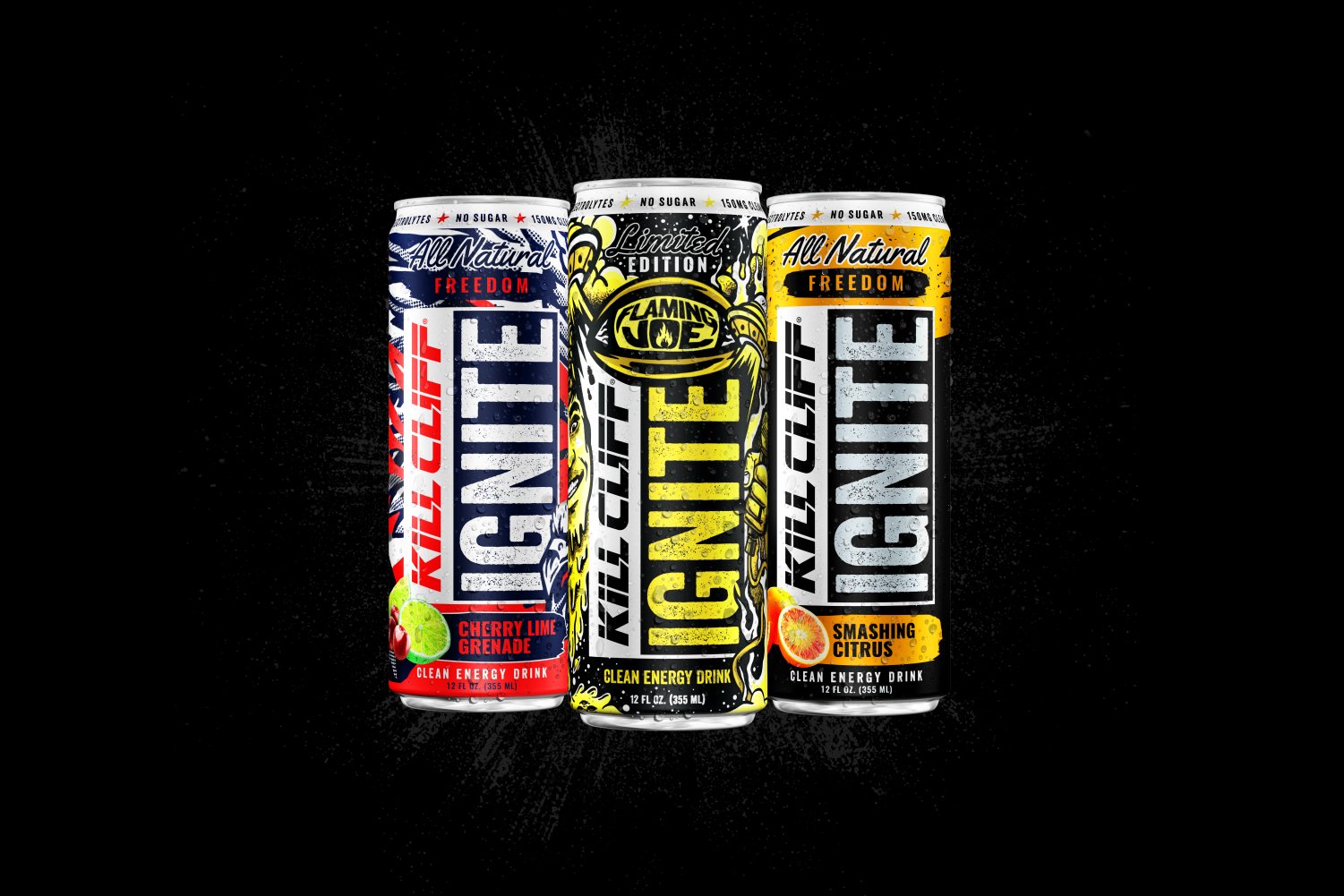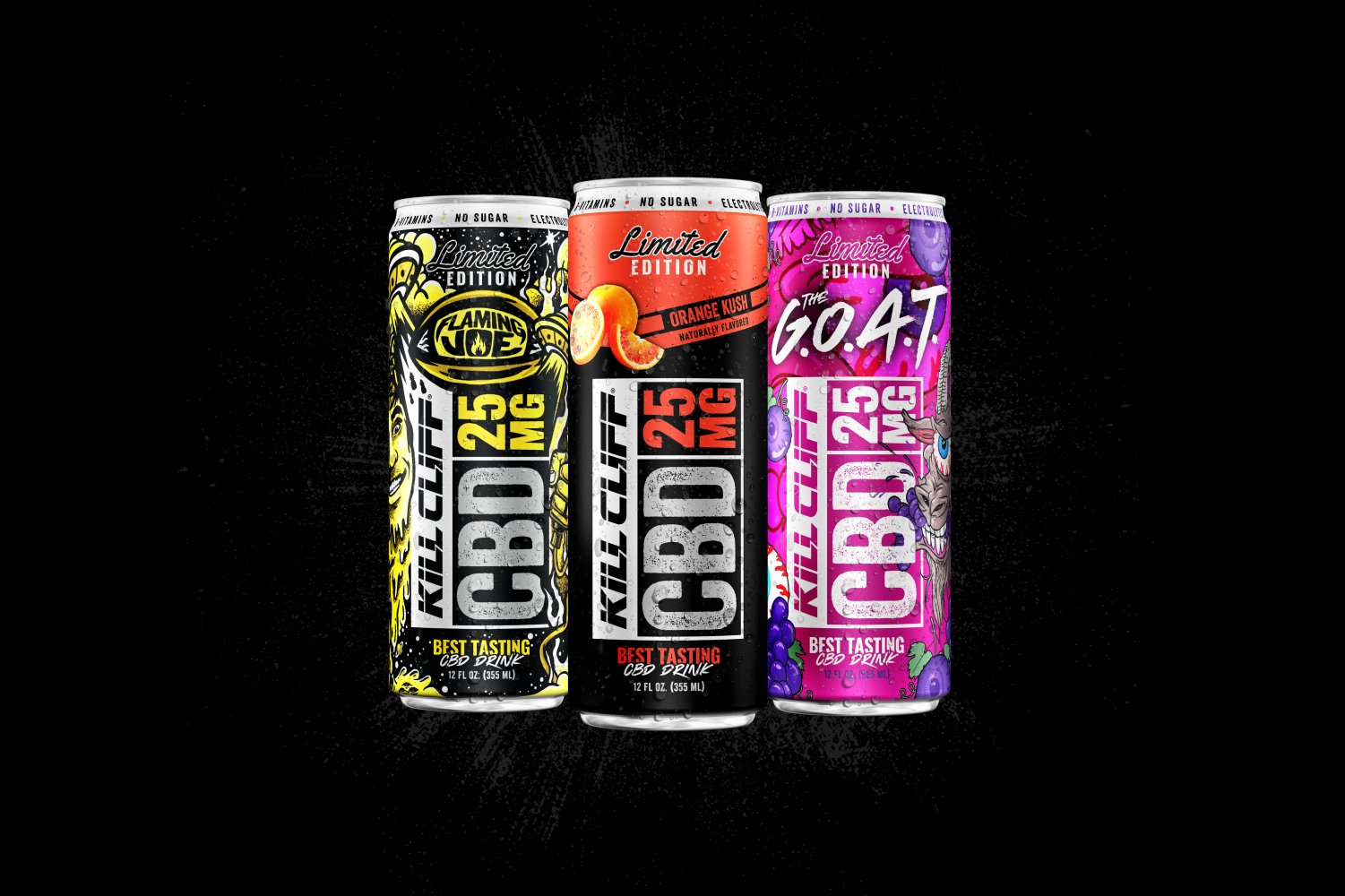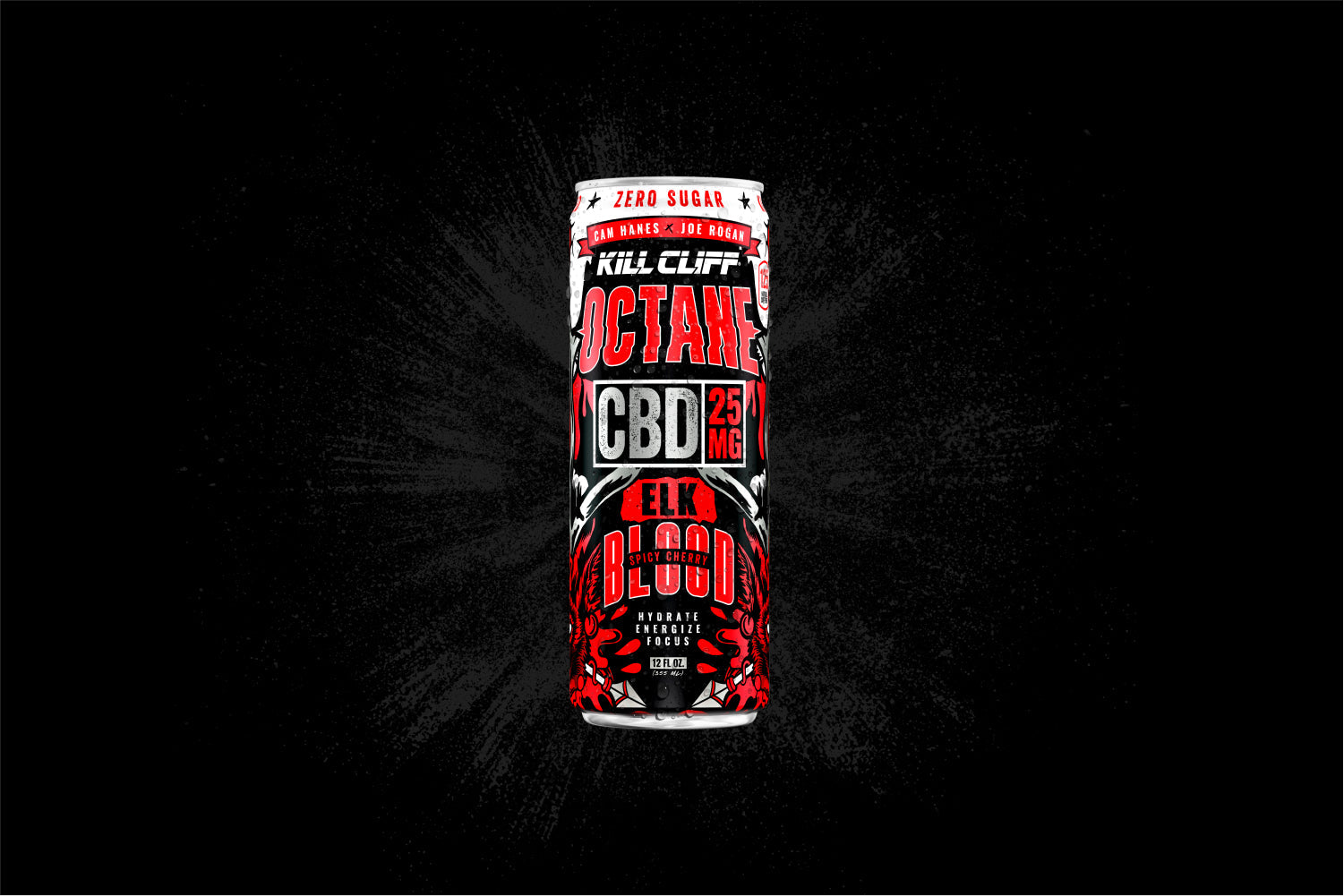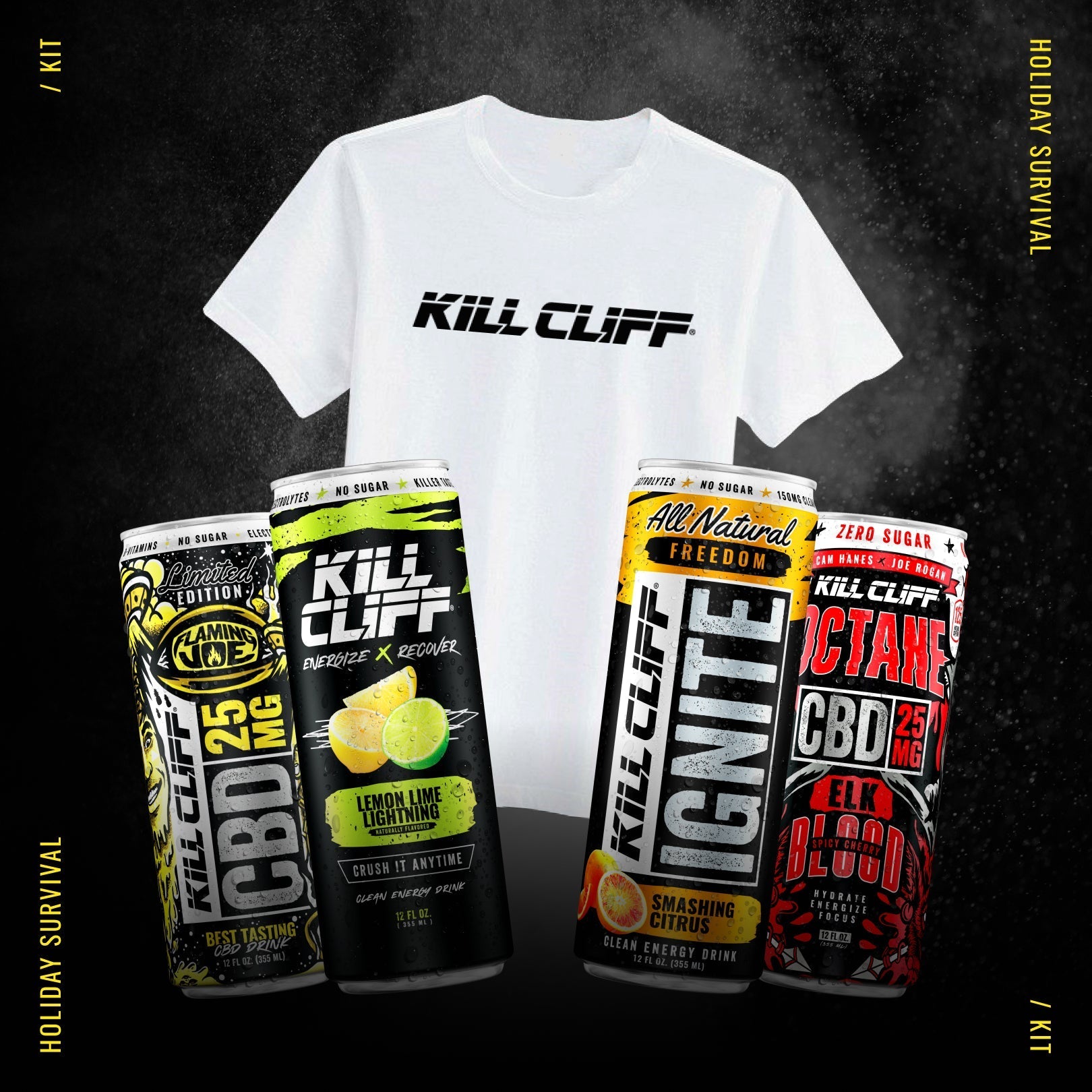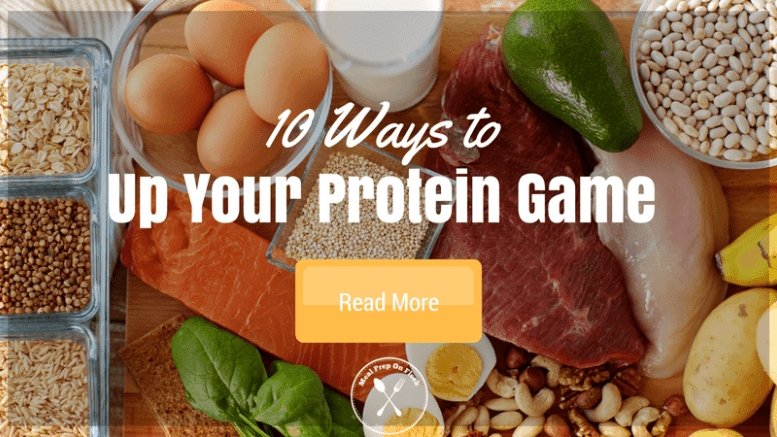
These days, everyone wants to get fit. Both young and old alike are more active and more aggressive in achieving their ideal figure. Whether it is to lose weight or gain more muscle, there are some things that are constant in these quests. One of these is protein.
WHAT IS PROTEIN?
According to dictionaries, protein is a substance in food like meat, milk, eggs, and beans that is important to your diet. Protein does a lot of things for your body like building and repairing tissues.
Protein also helps in creating enzymes, hormones, and other chemicals your body needs to function properly. Without protein, you probably won’t have your bones, muscles, cartilage, skin, or blood because it is a significant ingredient for the creation of these body parts.
As you can see, protein is an essential part of the body. This is the reason that, as early as infancy, doctors encourage everyone to eat protein-rich food so the body can develop beautifully and function at its optimal level.
As mentioned earlier, meat, milk, and eggs are excellent sources of protein. If you are a vegetarian, do not fret. Green peas, quinoa, nuts, and beans are just some examples of the best protein vegan foods.
So, say you are already eating eggs in the morning, drinking milk before sleeping, and eating beef and pork. You still feel like you need more protein in your life.
WHAT ELSE CAN YOU DO? HERE ARE SOME SUGGESTIONS ON HOW YOU CAN PACK EVEN MORE PROTEIN IN YOUR BODY.
-
Go yogurt
Yogurt is packed with protein. You get 5 grams of protein in a 6-ounce serving of regular yogurt. You get an average of 10 grams of protein for every 5.3 ounces of Greek yogurt. If you need more protein and like yogurt, do the math and get the right serving.
What’s good about the amount of protein in yogurt is that it does not change whether you get the sugar free or other varieties. The next time your child passes on a Go Gurt, feel free to take it for yourself.

Photo: detoxinista
-
Go fish
No, this isn’t the card game. Aside from being low in fat, fish and seafood are also rich in protein. Tuna, salmon, halibut, and snapper have about 22 grams of protein for every 3-ounce fillet.
In addition, fatty fish like salmon have omega 3 fatty acids which are helpful when you experience joint stiffness and inflammation. Health experts say that adding two servings of fish in a week can do wonders for your body’s nutrition requirement.
-
Super Soy
Food made from soya like tofu and soya milk can also give you protein. They can also lower your cholesterol and the risk of heart disease.
A cup of tofu has 16 grams of protein. Plus, there are so many ways you can enjoy tofu. For example, you can use it to replace meat, add it to salads, or make it the star of your dish.
Meanwhile, a cup of soymilk gives you 8 grams of protein. Not bad, especially for those who are lactose intolerant and cannot drink regular milk. Soymilk cannot replace the taste of cow’s milk, but it is a great alternative.
Some brands have a little liquid tofu aftertaste, while some are sweeter than regular milk. You can use soymilk for just about anything you put usual milk in.
Edamame is soybeans that can be a common Japanese snack. You can also have it as a main vegetable after it is boiled and seasoned.
Edamame is green and sweet, rich in protein and fiber, and have no cholesterol. A half-cup of shelled edamame gives you 11 grams of protein.
-
Eat Seeds
Did you know that you can eat pumpkin, squash, and watermelon seeds? In the Philippines, these particular types of seeds are usually a favorite to snack on, especially during the summer.
A cup of pumpkin seeds has 12 grams of protein. A cup of dried watermelon seeds has 30.6 grams of protein as well as several amino acids.
Meanwhile, squash seeds have 5.2 grams of protein per 1 ounce serving. Just roast the seeds in a frying pan. Add a cup of salt water mixture and stir occasionally until water has evaporated. Alternatively, you can toast them in the oven for 325 F for about 15-20 minutes.
-
Say Cheese
Cheese is made from milk. Milk is a primary source of protein. Need I say more? The amount of protein in cheese depends on the type of cheese.
For instance, for every 100 grams, cheddar has 7 grams of protein while cream cheese has 4 grams. If you want the most protein out of cheese, use parmesan cheese which contains 10 grams of protein per ounce.
-
Love Lentils
Another vegetarian favorite, lentils is a type of dried beans that are used in many dishes. Lentils are easy to prepare and available all year round. They also absorb the flavors from other foods and seasonings.
Lentils have many varieties, but you’ll often see the brown and green ones in dishes because they do not lose their shape when cooked. These beans are over or heart-shaped and smaller than a pencil eraser. 100 grams of boiled lentils give you 9 grams of protein. Aside from protein, lentils also offer iron, vitamin B1 and B6, zinc, potassium, and pantothenic acid or B5.
-
Try Quinoa
For health buffs and veggie lovers, quinoa is probably a staple in the kitchen. The grain-like seed has 8 grams of protein per cup. It also gives you nine essential amino acids that your body needs.
Because of these, quinoa is also recognized as a “superfood.” Some quinoa fans use it to replace rice or add it to their favorite dishes. The super seed can be cooked or baked.
-
Artichokes
Did you know that half a cup of artichoke hearts contains 4 grams of protein? They are also a good source of fiber and antioxidants. In fact, they are enjoying spot #7 on the USDA’s top 20 antioxidant-rich food list.
Artichokes are very low in cholesterol and have, among others, vitamin C, vitamin K, folate, manganese, and niacin.
Did you know that the extract from artichoke leaves can be a remedy for indigestion and upset stomach? The cynarine in the artichokes helps your body produce bile, which speeds up the movement of food and waste in your intestines.
Artichokes are also good for the liver, heart, and brain. Pregnant women are also encouraged to include artichokes in their diet because the vegetable is rich in folic acid. How do you cook artichokes? Enjoy them boiled, baked or steamed.
-
Protein bars
A hit among people who have active lifestyles, protein bars offer a way of getting much-needed protein. Before you go and buy several packs or boxes though, remember to check if the bar has at least 6 grams of protein. Also, keep in mind the amount if sugar in each bar.
-
Protein shakes
If you haven’t heard of protein shakes, then you must be living on a different planet. They are a go-to drink by athletes after a workout and by health-conscious individuals who want a more defined body.
Protein shakes have varying protein content so you should go for the content that fits your needs. If you want to look like Dwayne Johnson, go for shakes that have more protein in them. If you want to lose body fat, choose a drink that is more than 50% protein.
Protein shakes may have milk, whey, casein, egg, soy, and rice. If you are lactose-intolerant or allergic to dairy, make sure you check the label. The drinks are available in powder or liquid form and have a variety of flavors.
Alternatively, you can even make your own protein shake. The Internet is full of wonderful recipes for protein shakes for adults and kids alike.
TO SUM IT UP:
Protein is essential to the body for so many reasons. However, it is important to remember that you can get protein from a lot of sources. A lot of people invest of protein shakes and protein bars to increase their protein intake.
While this is okay, it is not the only thing you can do to have more protein in your life. Look up and read A to H on the list in this article again for more options.
Whether you want to up your protein to have a bodybuilder’s body, want to shed excess pounds, or just want to add protein to your diet, make protein bars and protein shakes a supplement and focus on adding protein-rich foods in your meals.
Remember that if you are healthy, you only need 0.80 grams of protein per kilogram of your body weight. That is like a glass of milk, a couple of eggs, some meat, and a cup of vegetables. Throw in some seeds for your snack or to spice up your meat or vegetable dish. Alternate between rice and quinoa.
And if you are curious as to how much protein you need to reach your goals check out our Macro Guidelines to get started.

